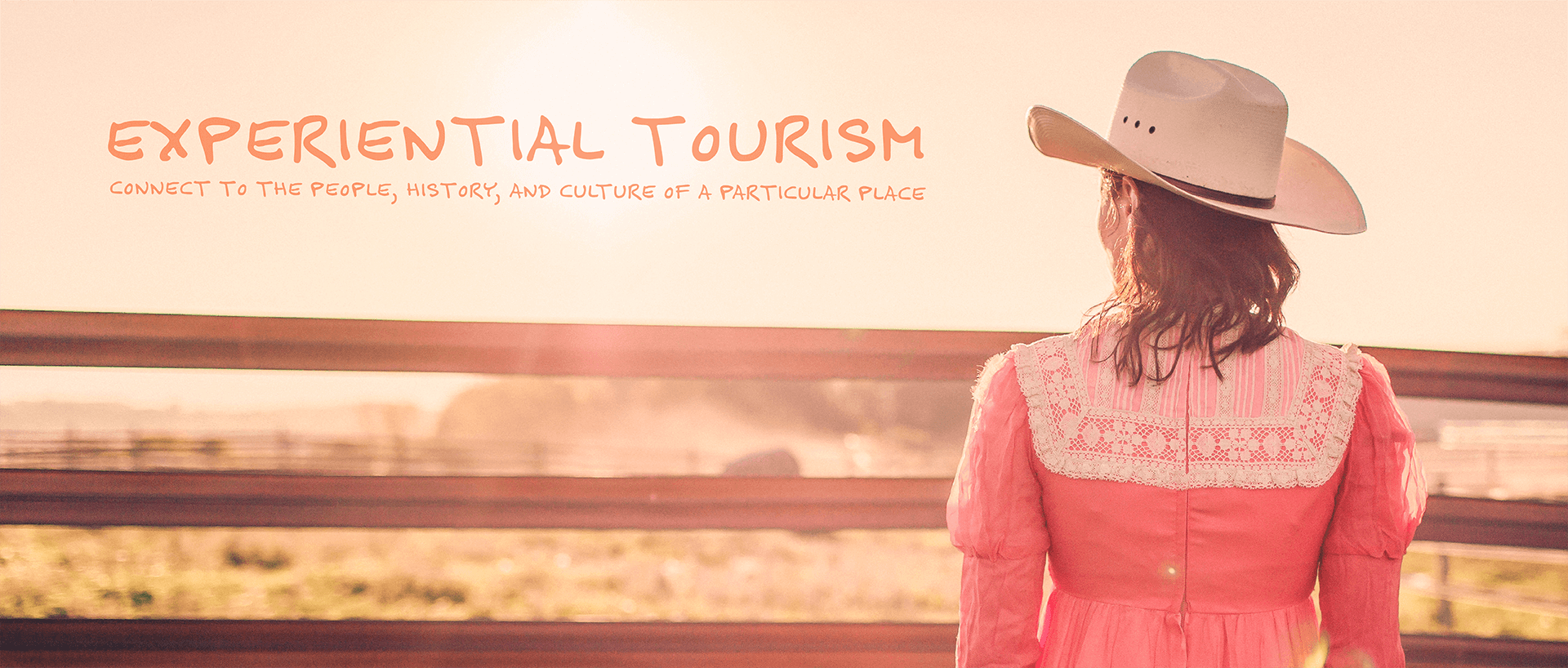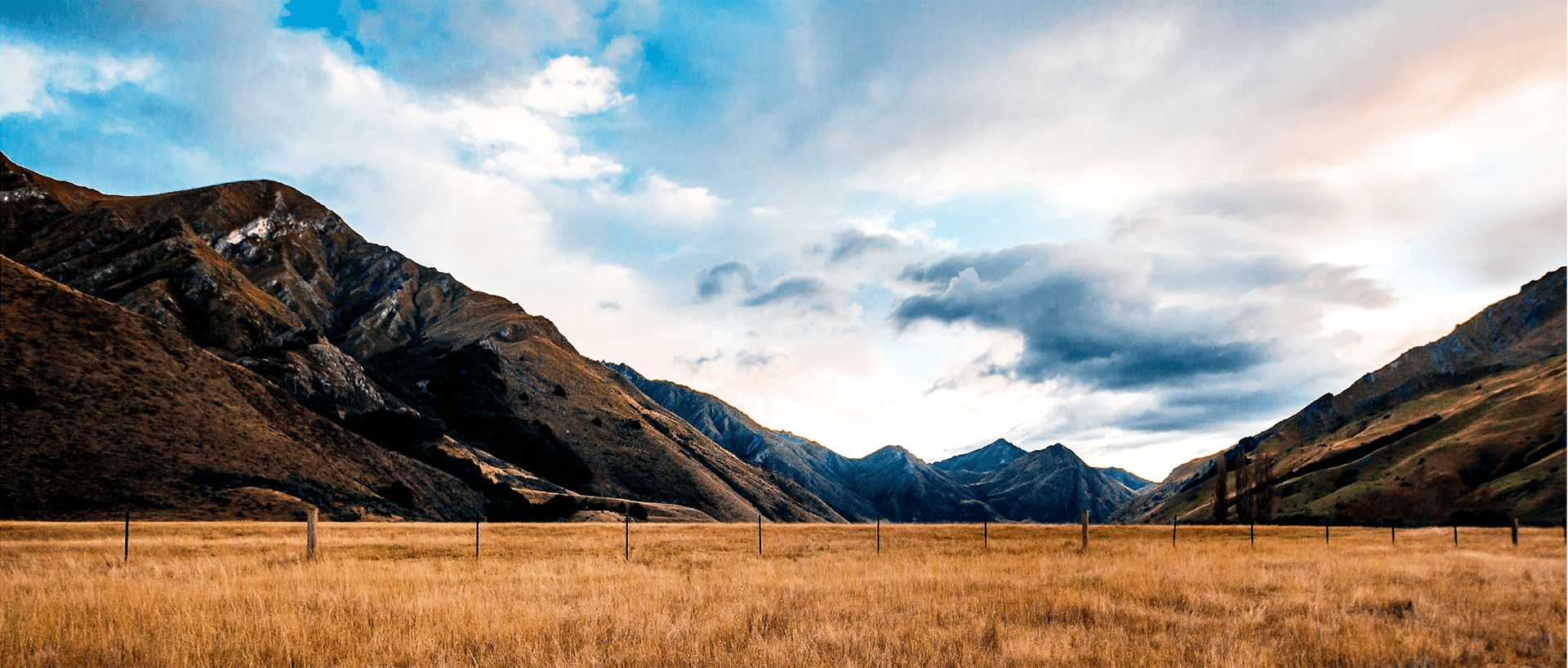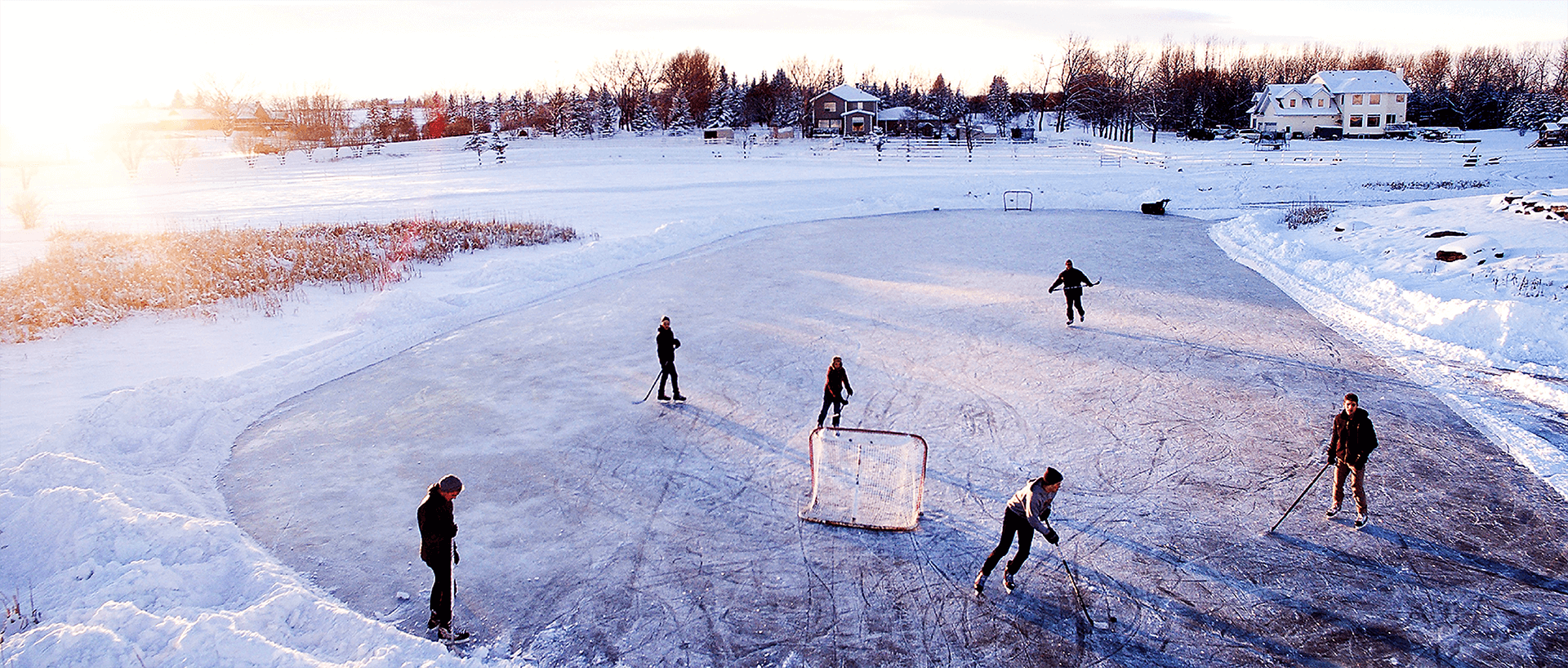
There’s lots of talk about experiential tourism being the hottest new trend in tourism, because it is something that any destination can do, and probably should do. But what is it? And how does it fit into your marketing plan?
What is Experiential Tourism?
Experiential tourism is a form of tourism that allows travellers to connect to the people, history, and culture of a particular place, whether it is a country, city, small town or even a village. Experiential tourism goes beyond sight seeing. When done well, it becomes sight immersion – the visitor no longer just sees the town but participates in activities that embody what it is like to live and work there, either in the present or the past.
This is good news for tourism in Alberta because many experiences are within a day’s drive or a weekend trip from Edmonton and Calgary, and will be discovered by regional visitors for the first time. About 30% of Calgary’s population and about 20% of Edmonton’s population are new Canadians. Some of these experiences will be new even to life-long Albertans.
These experiences also add a fresh dimension for tour operators and travels from longer distances. They add spontaneity and a time to breathe for long-haul travelers.
How does Experiential Travel fit into your marketing plan?
An advantage is that the experience may already be an intrinsic part of product offerings. If you run a rodeo, a farm, have an ATV or land for an outdoor hockey rink, you may be an experiential travel entrepreneur in the making. The realization that people are willing to pay may be the only barrier to entering the field of experiential travel. For example:

- Ever been to a small town rodeo? Ever leaned against the fence, upfront to the action, feeling the heat from the animals? Not many city people have. Even those who attend the Calgary Stampede see the events from a grandstand. Contrast that with an experience in a small town that lets you talk to the competitors, see how the animals are fed and housed, and maybe even lets you ride astride a horse or bull.
- The feeling of driving on a highway toward the Canadian Rockies is awe-inspiring. Now imagine that feeling as you approach the white-topped peaks off-road in the foothills on a quad. The quad stops, you get off. The second and third quads arrive with the rest of your family. The guide has packed a wicker basket with lunch – bread from the local bakery, cheese fresh from the dairy farm down the road, corn on the cob wrapped in tinfoil to keep it warm, and fruit picked the day before. There are no sounds except the wind and your family’s happy chatter.
- We can’t all be Indiana Jones, but we can all wear a fedora and we can visit archeological sites. There are large and carefully preserved archeology sites throughout Alberta including prehistoric rock art, early settlements and homesteads, and kill sites, such as buffalo jumps and pounds. Many of these experiences are curated to allow visitors to connect to history and the people who lived in the past. Some museums have “white glove” tours that allow visitors to touch certain artifacts. Other museums allow visitors to observe the preparation and preservation of artifacts. A multi-day museum tour tracing the development of Alberta through history could be an interesting idea for an entrepreneur.
- How many people have actually seen a dairy farm, much less milked a cow? This may seem ordinary, or all in a day’s work, to dairy farmers, but a tour could increase revenues and create a connection between urban and rural life. Similarly, Alberta grains are shipped worldwide but Albertans, outside the agricultural industry, are aware of the quality of Alberta grain. Combine a farm tour with a brew tour (which uses those grains) for a special experience.
- Skating and playing hockey on a pond in wintertime is the quintessential Canadian experience. A bonfire on the side, miniature white lights to illuminate the space, a warming hut, and lots of hockey sticks, tuques, and extra mittens (and maybe a tip or two from knowledgeable local hockey players) would make a day or night to remember. Instead of white lights, car headlights could add an old-time touch. It may be a fond memory from childhood but others will pay for the experience.

Yes, some visitors will continue to look at the sights from behind their smartphones, crushed inside crowds at only the most popular attractions, but more and more travelers want to disconnect from technology and connect with real people in real places. That authenticity is the attraction, and what creates successful experiences.
The trend toward experience in travel is here to stay and offers opportunity for Alberta entrepreneurs to creatively highlight our history and culture. Why not get on board?

